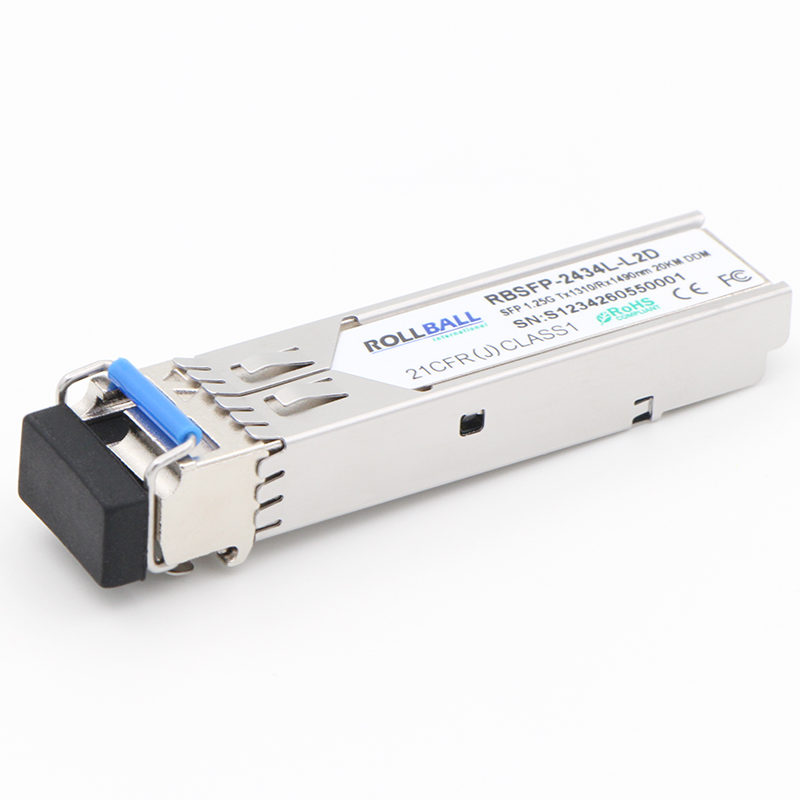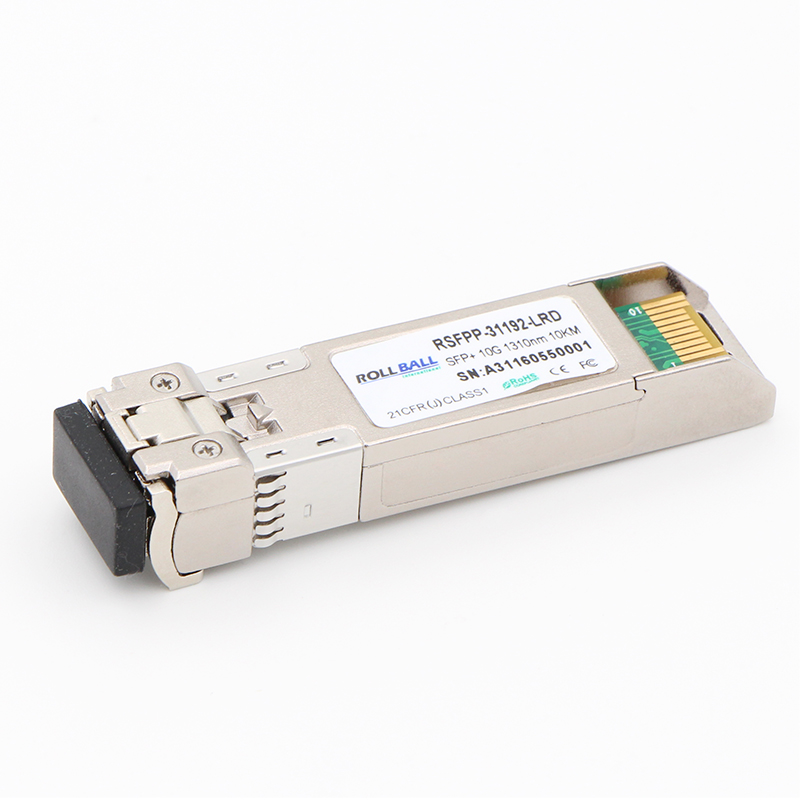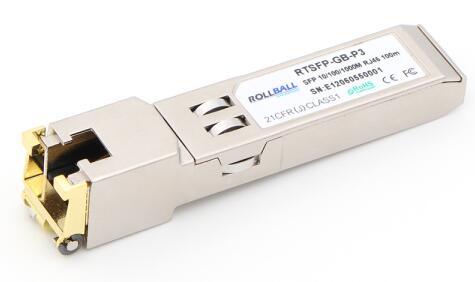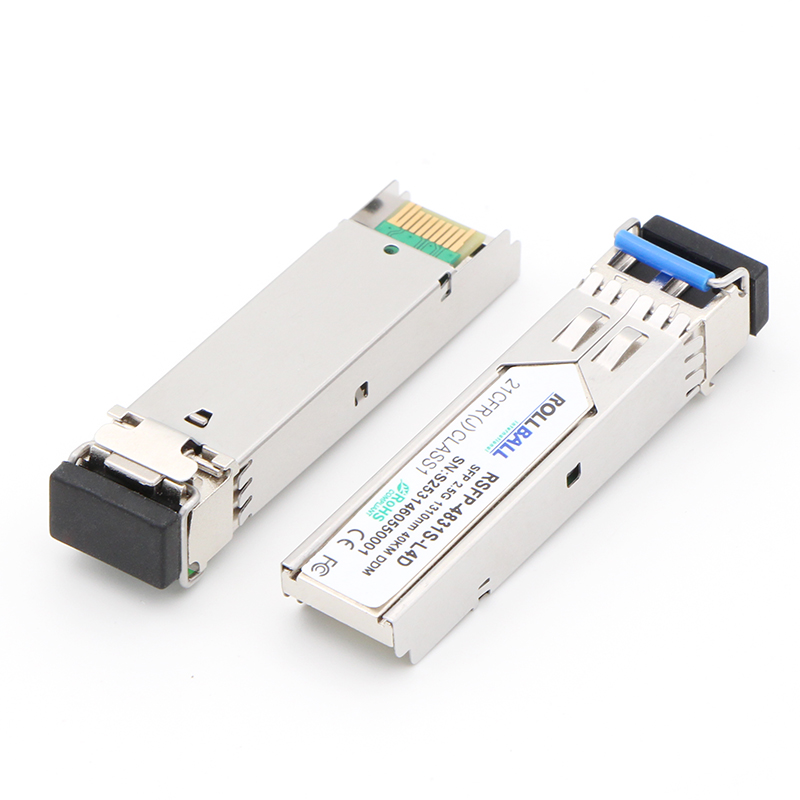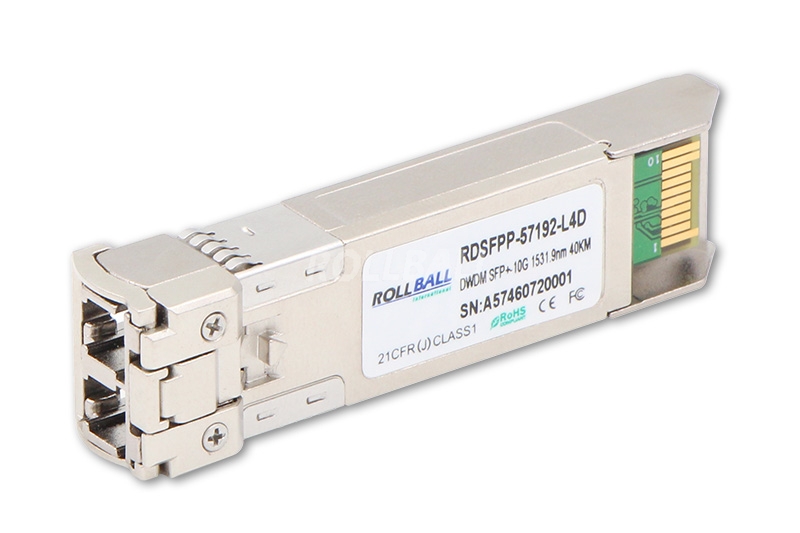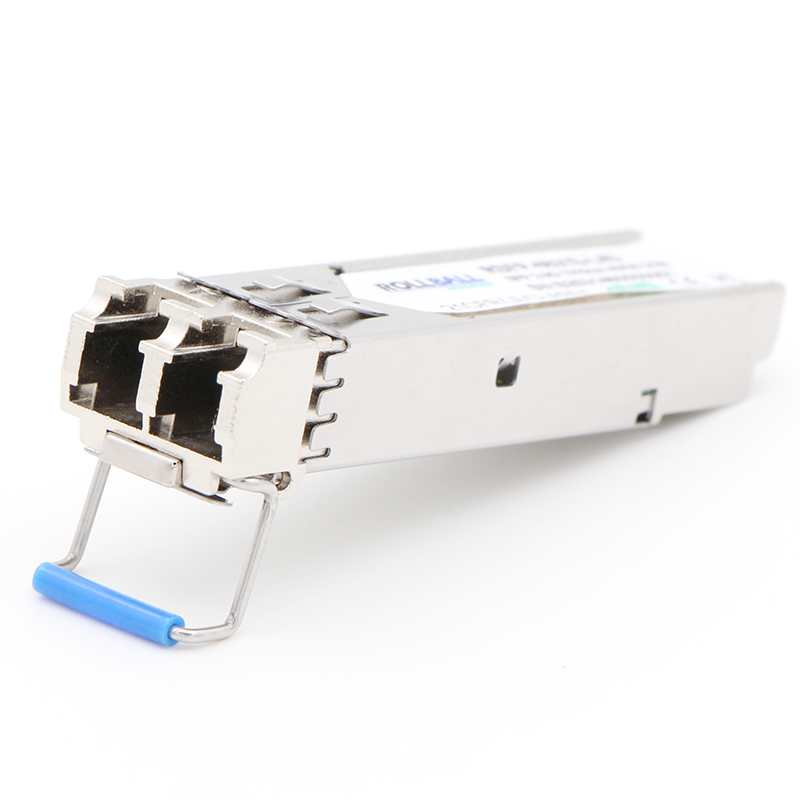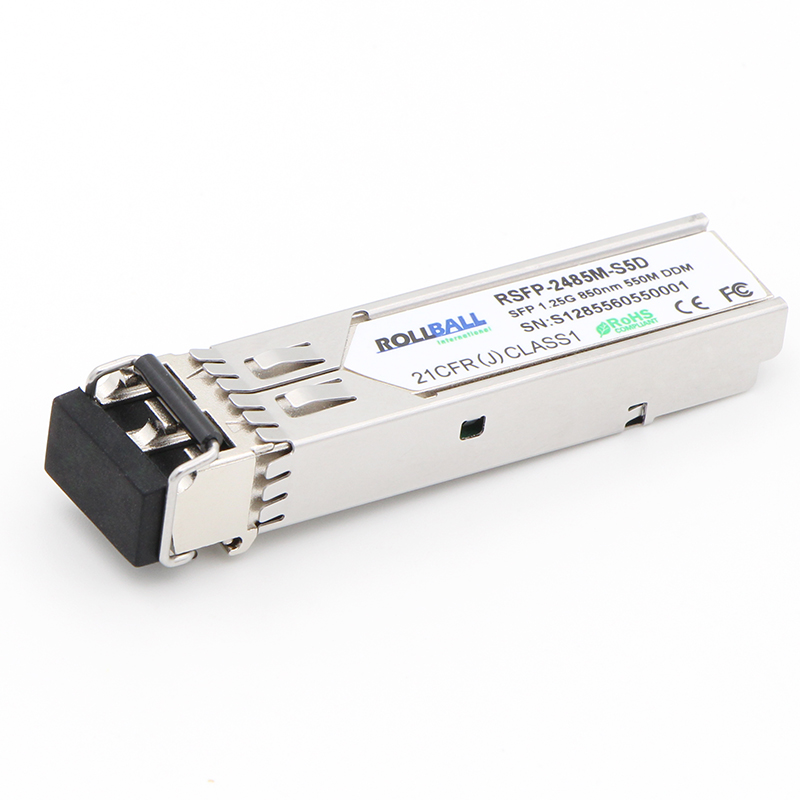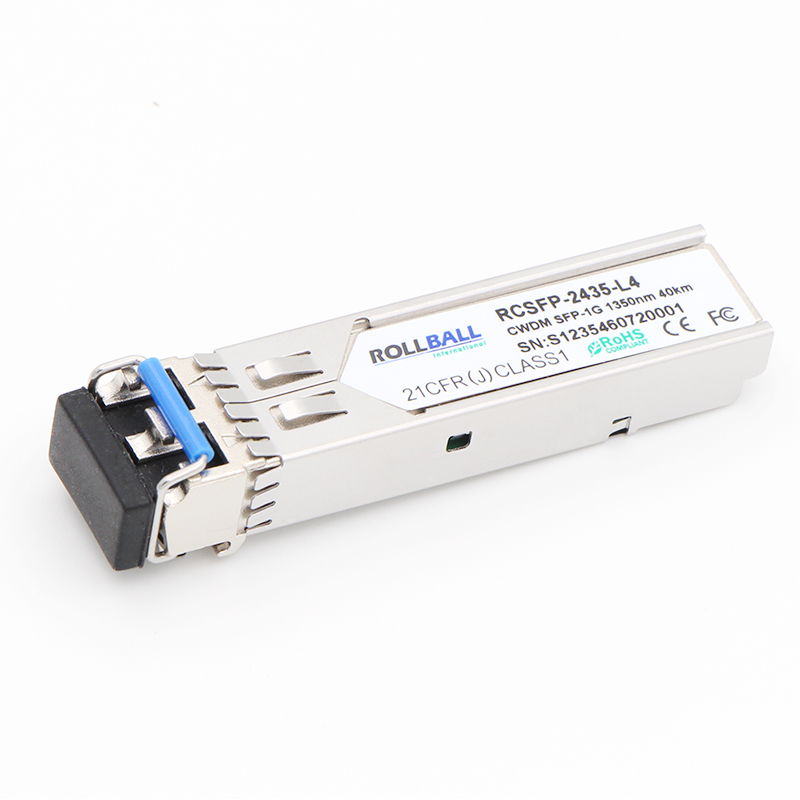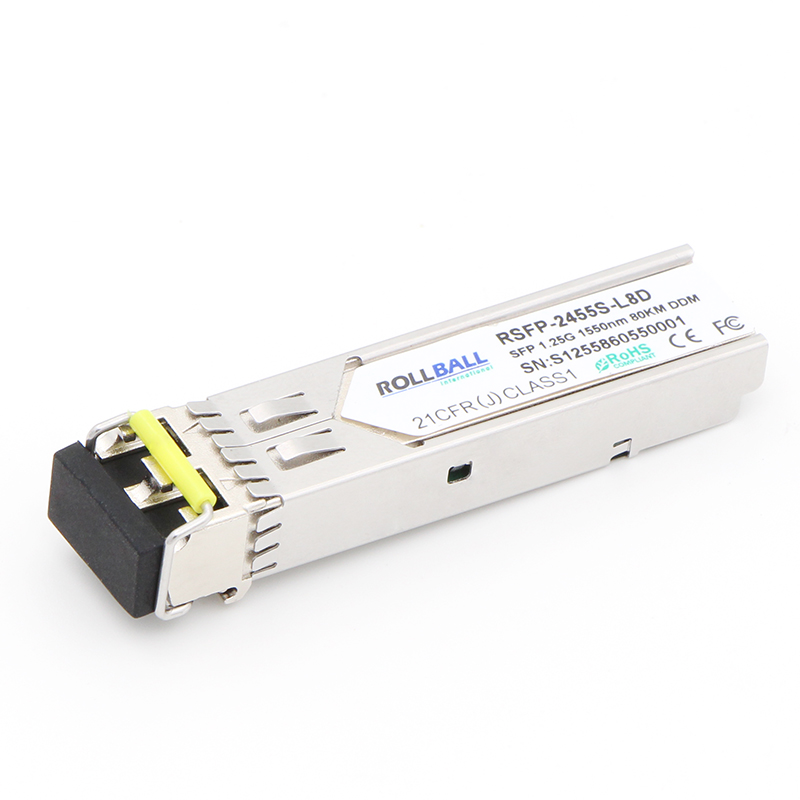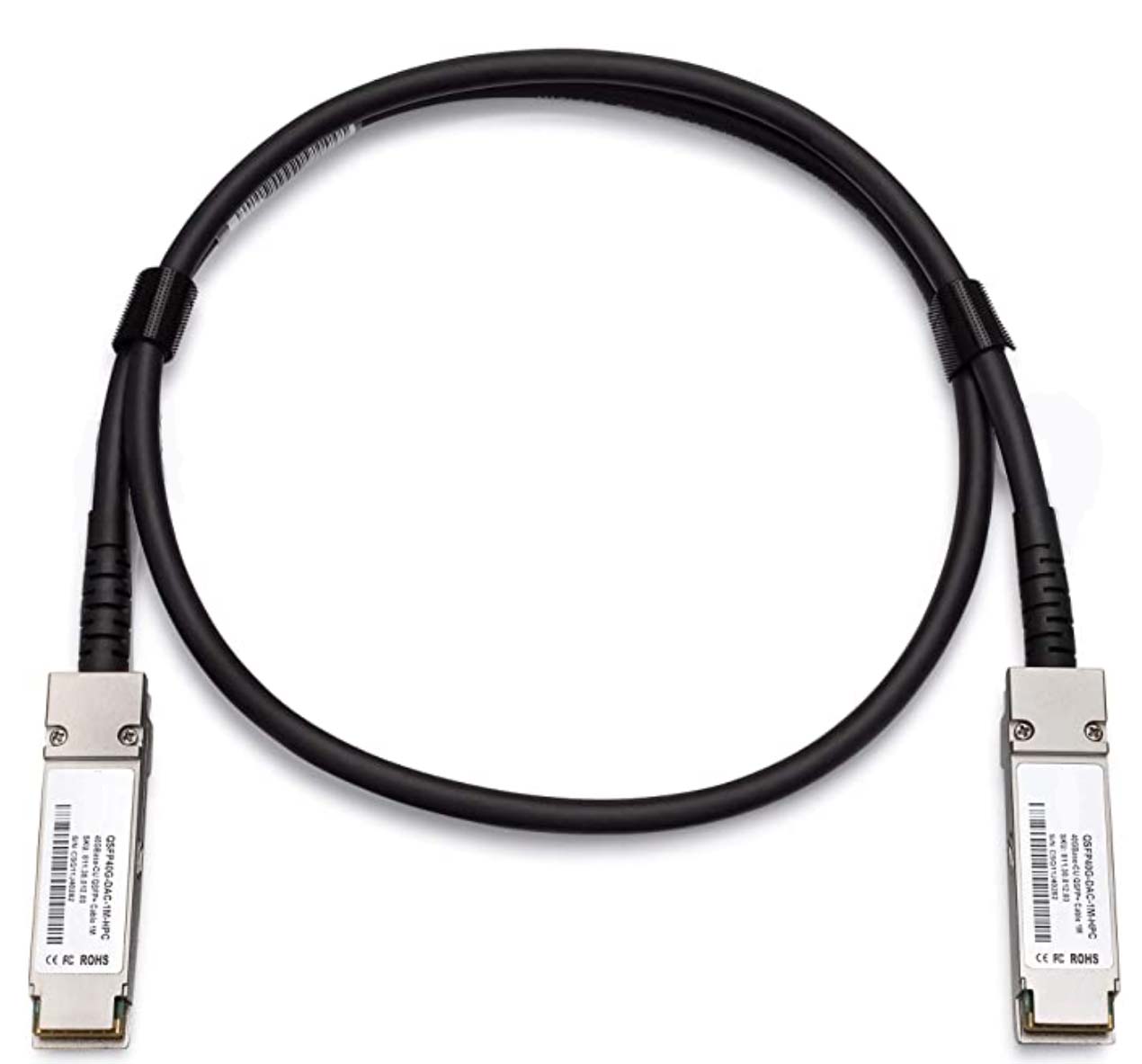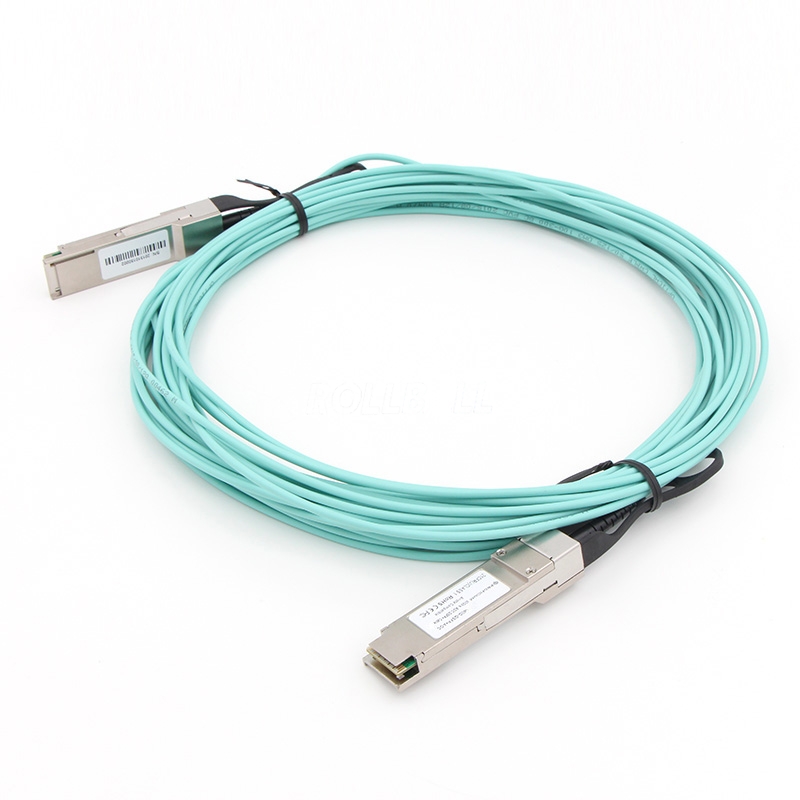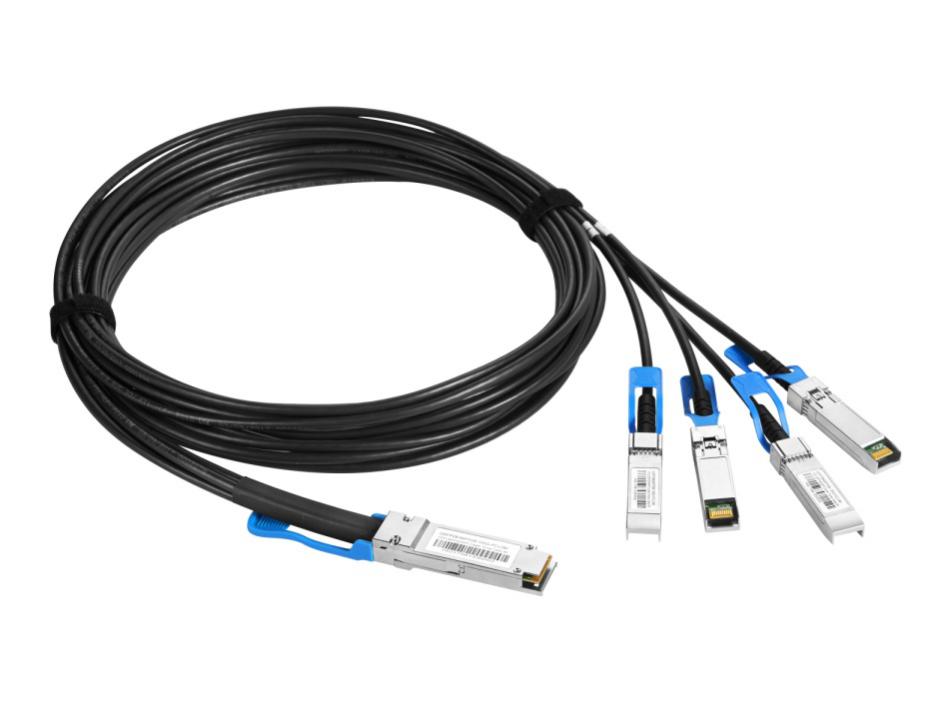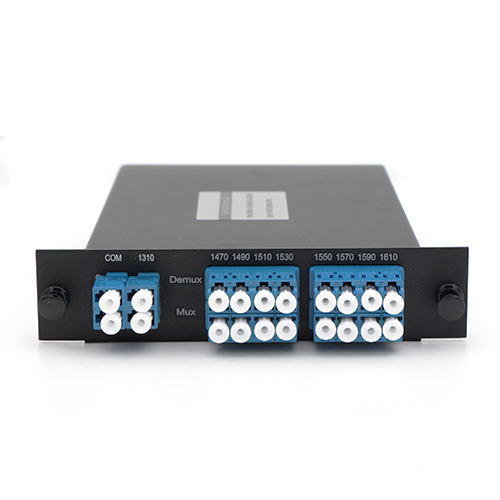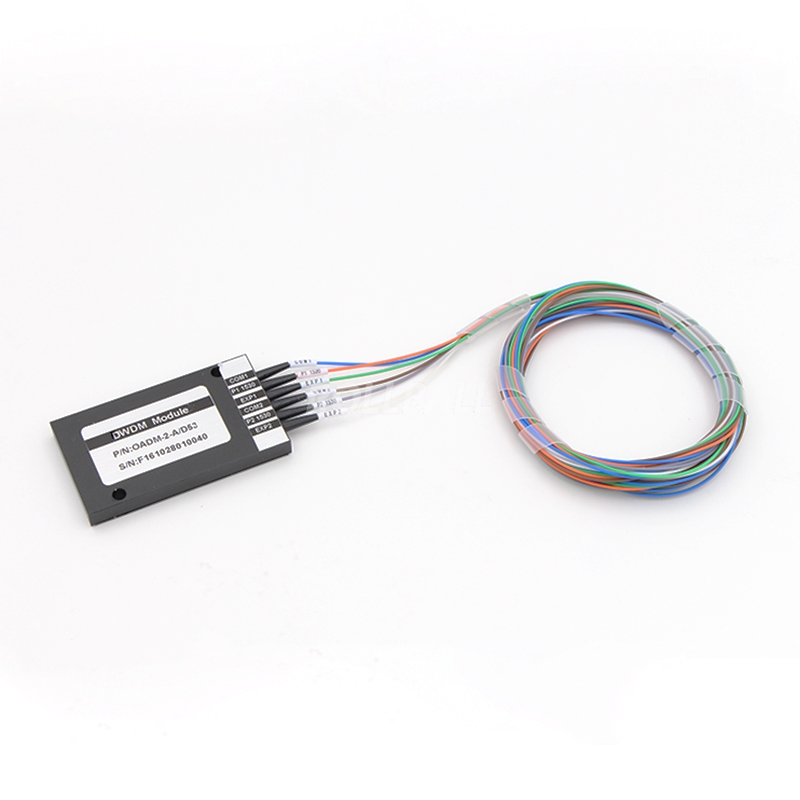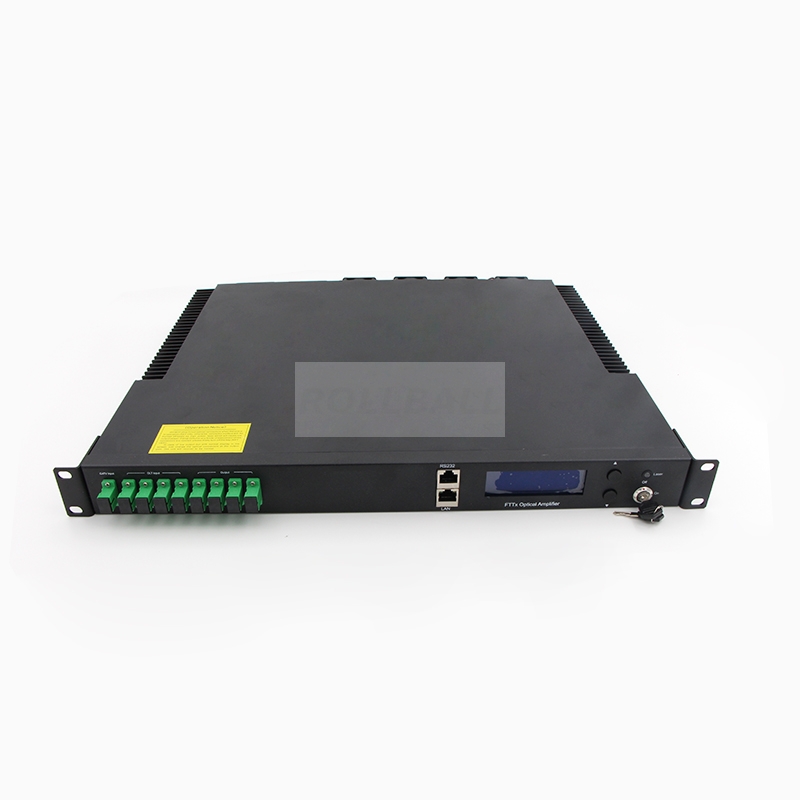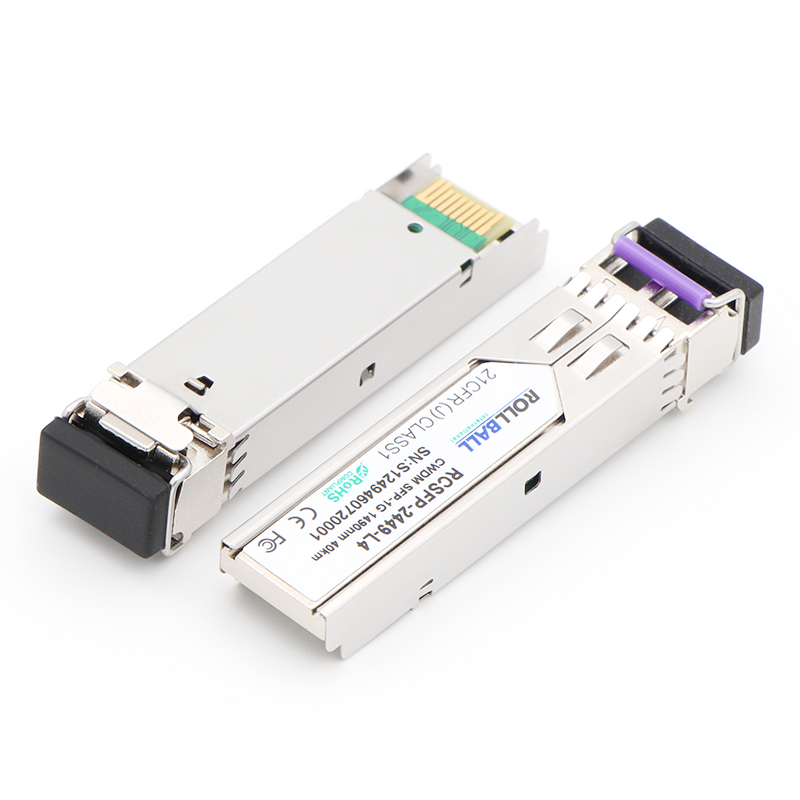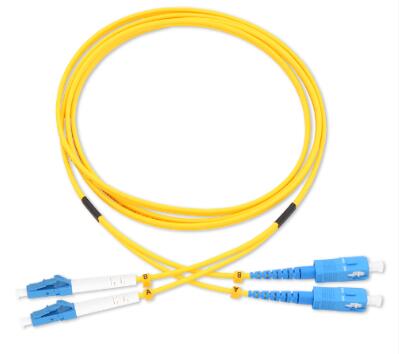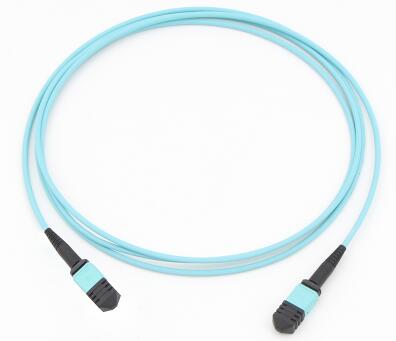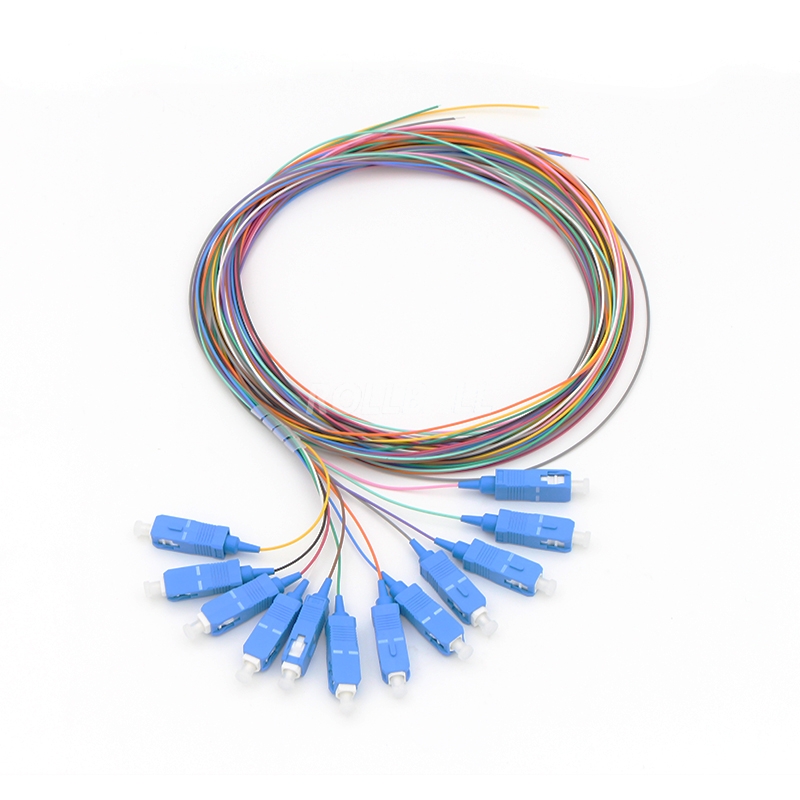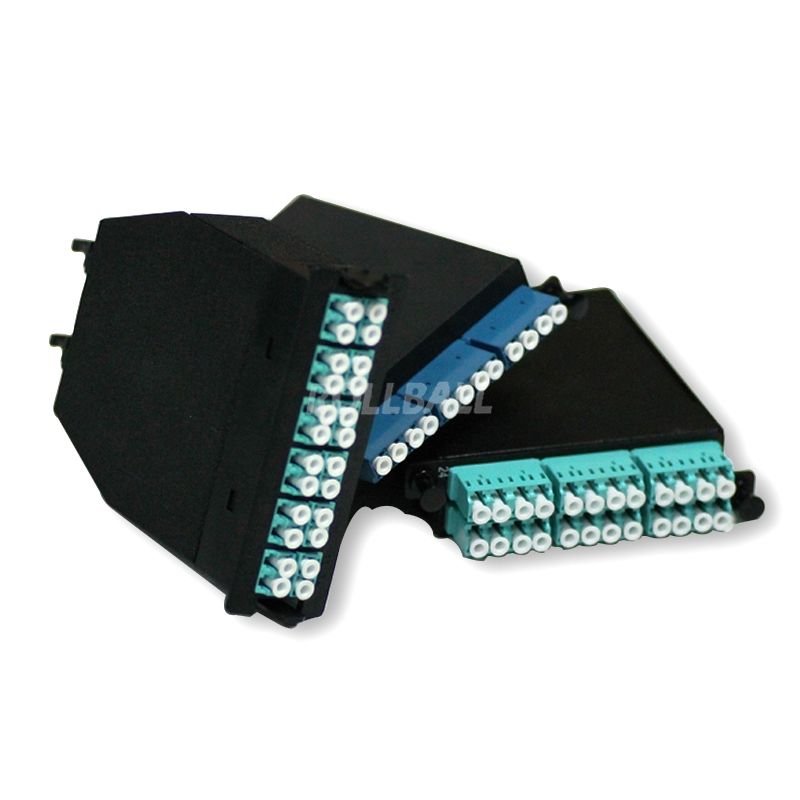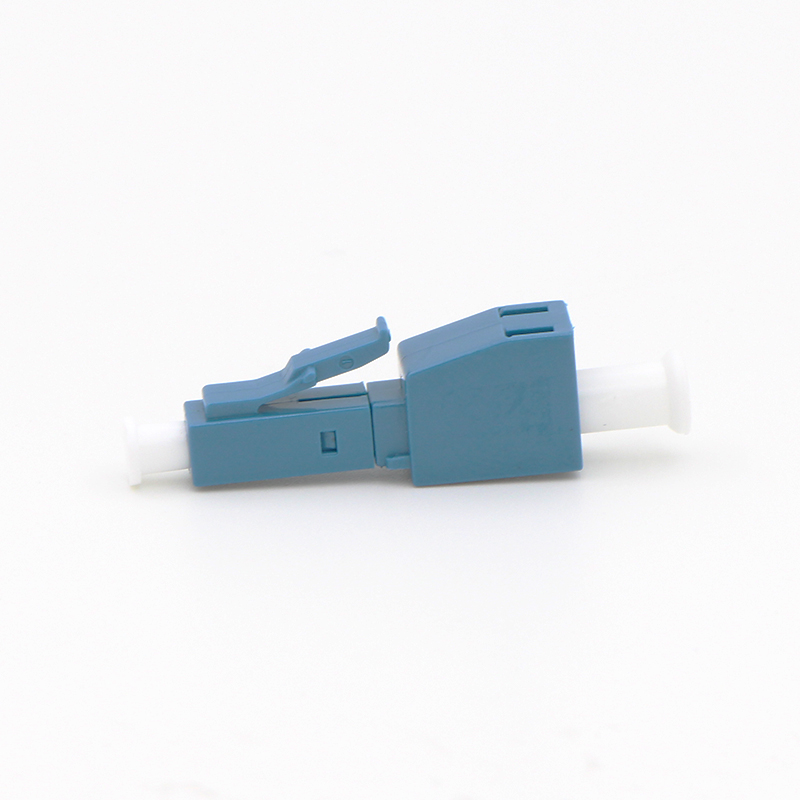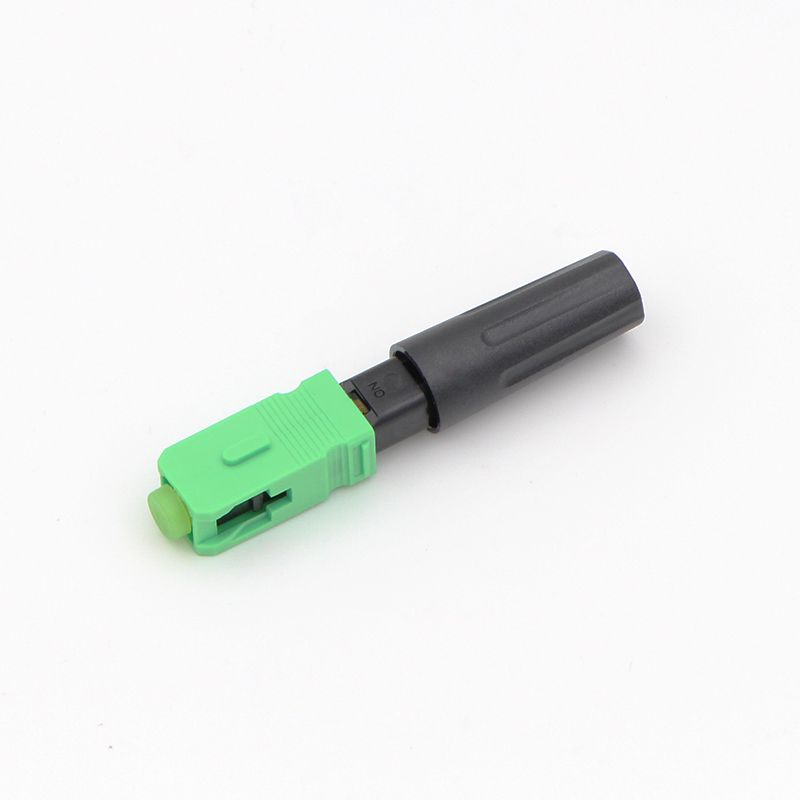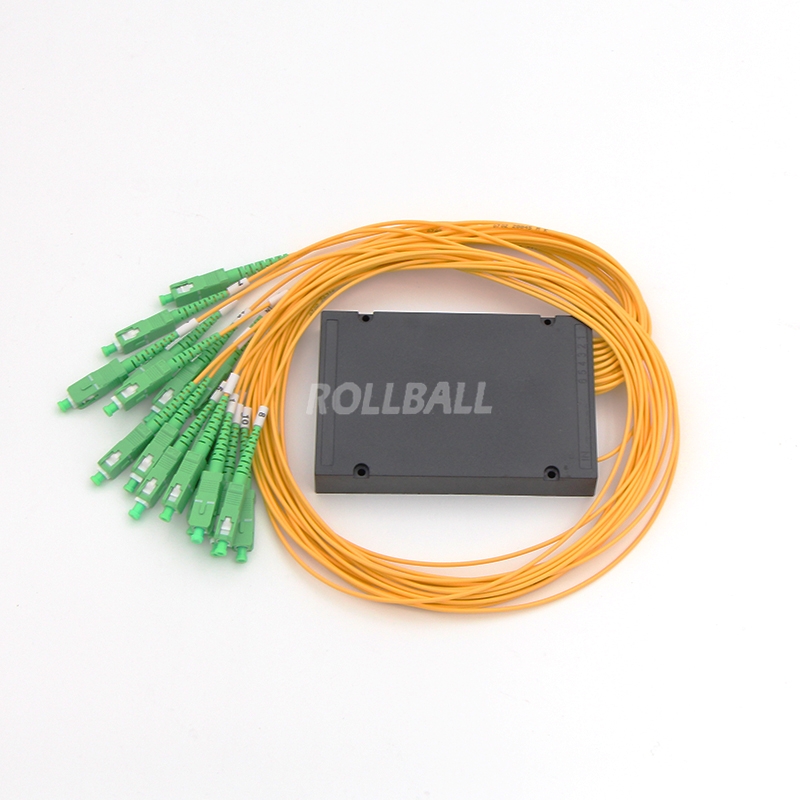How to Select the right fiber optic patch cables for Optical Transceivers
How to Select the right fiber optic patch cables for Optical Transceivers
Things move really fast in this industry. The form factor of optical transceivers has changed from GBIC for Gigabit Ethernet to SFP+ for 10GbE, QSFP+ for 40GbE and 100G CFP and QSFP28. Even a double density QSFP—QSFP-DD for 200/400GbE is under research. Fiber optic transceiver, an important optical component, can best represent the advancing of the optical communication industry. It’s not difficult to recognize all these different types of fiber optic transceivers. However, customer could be confused about how to select patch cables for optical transceivers to the telecommunication network. This post below will give you suggestions.
Patch Cable Selection Guide
To select the right fiber optic patch cable for your modules, you should firstly have a comprehensive understanding on the following aspects : transmission media, interface, transmission distances and data rate.
In today’s telecommunication network, mainly two types of transmission media that are widely used, fiber optic and copper. Transceivers can also be divided into two types, copper based transceivers and fiber optic based transceivers. MSA has defined several copper based transceiver like: 100BASE-T, 1000BASE-T and 10GBASE-T. These copper based transceiver are available in GBIC, SFP and SFP+ form factors, which usually has a RJ45 interface to connect with the patch cords. These transceivers is generally used with Cat5/6/7 cables attached with RJ45 connectors as shown in the following picture. However, with technology advanced, Cat 8, which is still under research, is expected to support higher data rate up to 40G.
While for fiber optic transceivers, as most transceivers are based on fiber optic which can support higher and longer data rates, that makes things become more complex. Generally for fiber optic transceivers, there are mainly two type of fiber patch cable are used: single-mode and multimode. Single-mode patch cable can further be classified into OS1 and OS2. While multimode divided into OM1, OM2, OM3 and OM4. The larger the number following after OM/OS, the better performance the fiber optic patch cable has. Usually for short distance transmission up to 500 meters, multimode patch cable is suggested. For long distance transmission, single-mode transmission will be better. However, transmission data rate which can also affect the transmission distance should also be considered.
It is commonly known that transmission data rate decrease as the transmission distance increases in a fiber optic cable. Apparently single-mode patch cords offer the best performance for different data rates in both long and short distances. However, single-mode fiber optic cable is more expensive. To achieve reliable performance in short distances with cost effective solutions, you should know the performance of multimode fiber optic cables.
For more details about fiber optic cables, please click here. If you have any questions about fiber optic cabels, please feel free to contact us at sales@rollball.com.cn.
Things move really fast in this industry. The form factor of optical transceivers has changed from GBIC for Gigabit Ethernet to SFP+ for 10GbE, QSFP+ for 40GbE and 100G CFP and QSFP28. Even a double density QSFP—QSFP-DD for 200/400GbE is under research. Fiber optic transceiver, an important optical component, can best represent the advancing of the optical communication industry. It’s not difficult to recognize all these different types of fiber optic transceivers. However, customer could be confused about how to select patch cables for optical transceivers to the telecommunication network. This post below will give you suggestions.
Patch Cable Selection Guide
To select the right fiber optic patch cable for your modules, you should firstly have a comprehensive understanding on the following aspects : transmission media, interface, transmission distances and data rate.
In today’s telecommunication network, mainly two types of transmission media that are widely used, fiber optic and copper. Transceivers can also be divided into two types, copper based transceivers and fiber optic based transceivers. MSA has defined several copper based transceiver like: 100BASE-T, 1000BASE-T and 10GBASE-T. These copper based transceiver are available in GBIC, SFP and SFP+ form factors, which usually has a RJ45 interface to connect with the patch cords. These transceivers is generally used with Cat5/6/7 cables attached with RJ45 connectors as shown in the following picture. However, with technology advanced, Cat 8, which is still under research, is expected to support higher data rate up to 40G.
While for fiber optic transceivers, as most transceivers are based on fiber optic which can support higher and longer data rates, that makes things become more complex. Generally for fiber optic transceivers, there are mainly two type of fiber patch cable are used: single-mode and multimode. Single-mode patch cable can further be classified into OS1 and OS2. While multimode divided into OM1, OM2, OM3 and OM4. The larger the number following after OM/OS, the better performance the fiber optic patch cable has. Usually for short distance transmission up to 500 meters, multimode patch cable is suggested. For long distance transmission, single-mode transmission will be better. However, transmission data rate which can also affect the transmission distance should also be considered.
It is commonly known that transmission data rate decrease as the transmission distance increases in a fiber optic cable. Apparently single-mode patch cords offer the best performance for different data rates in both long and short distances. However, single-mode fiber optic cable is more expensive. To achieve reliable performance in short distances with cost effective solutions, you should know the performance of multimode fiber optic cables.
For more details about fiber optic cables, please click here. If you have any questions about fiber optic cabels, please feel free to contact us at sales@rollball.com.cn.
 USD
USD EUR
EUR GBP
GBP CAD
CAD CNY
CNY SAR
SAR SGD
SGD NZD
NZD ARS
ARS INR
INR COP
COP AED
AED
